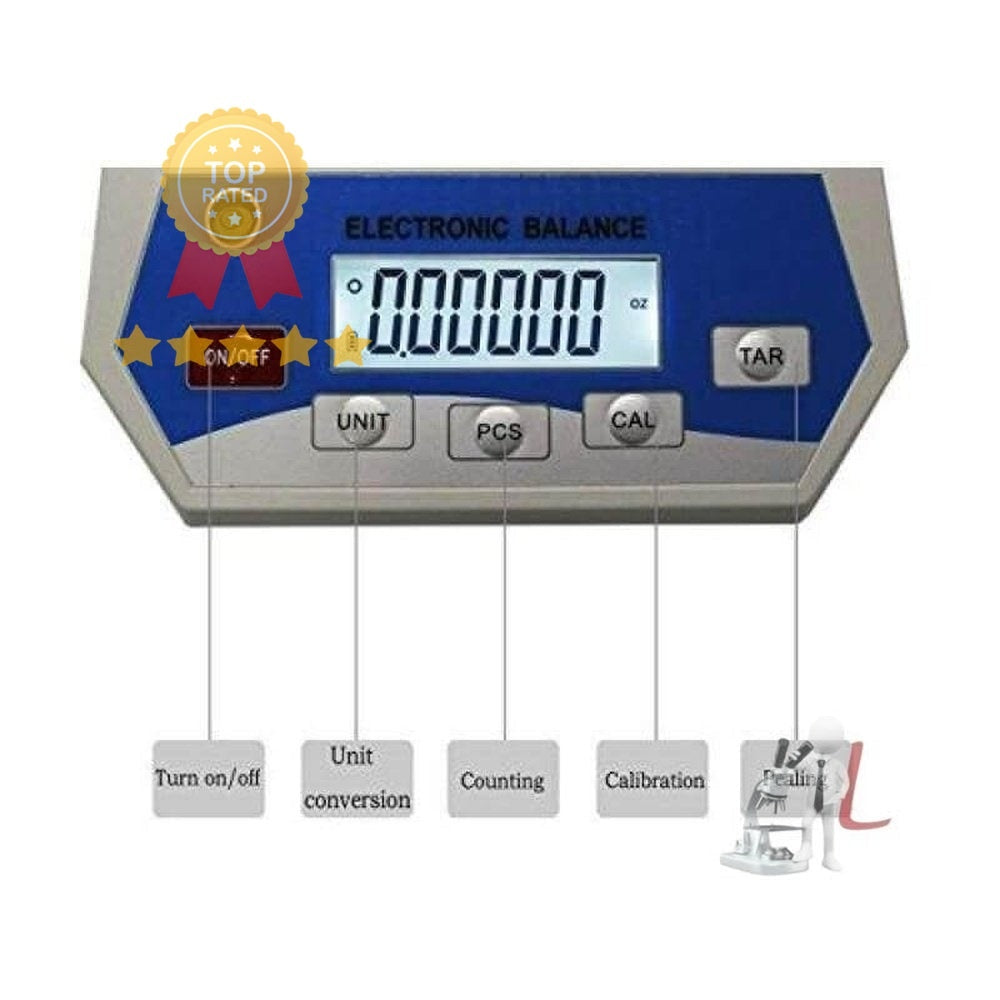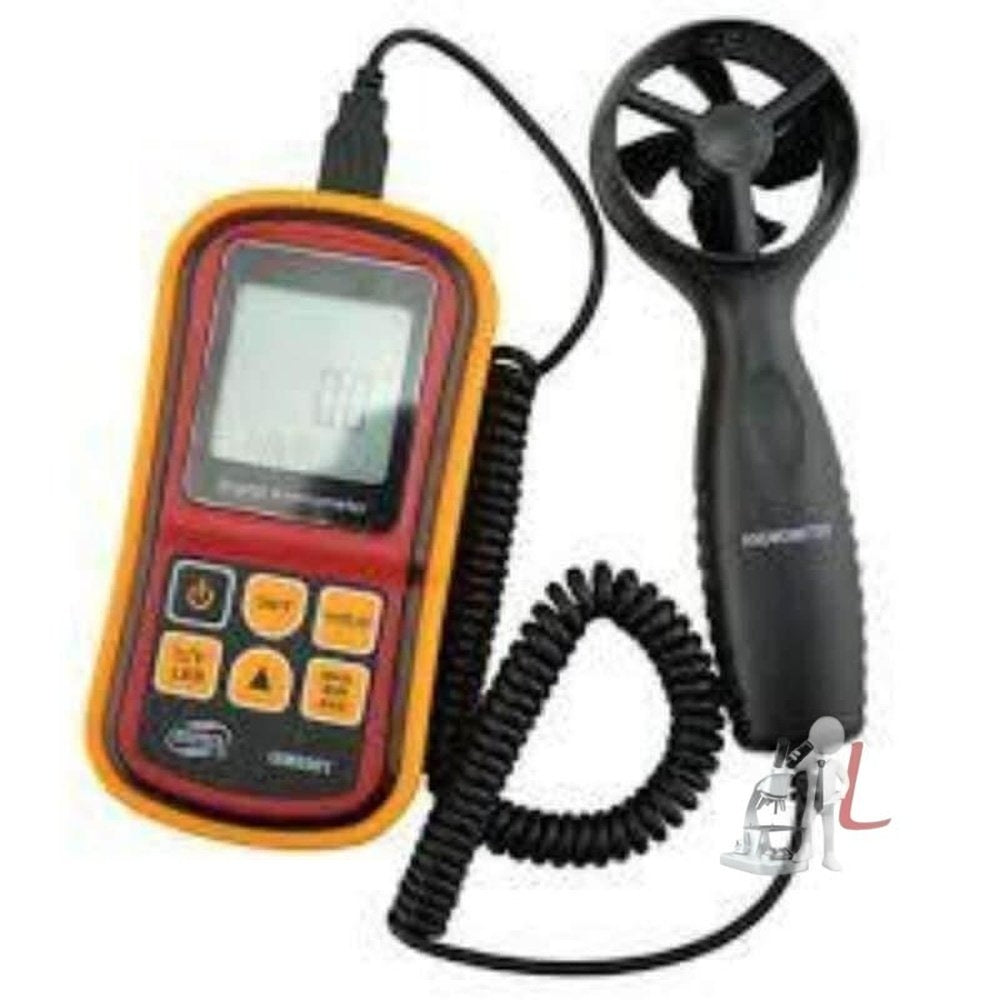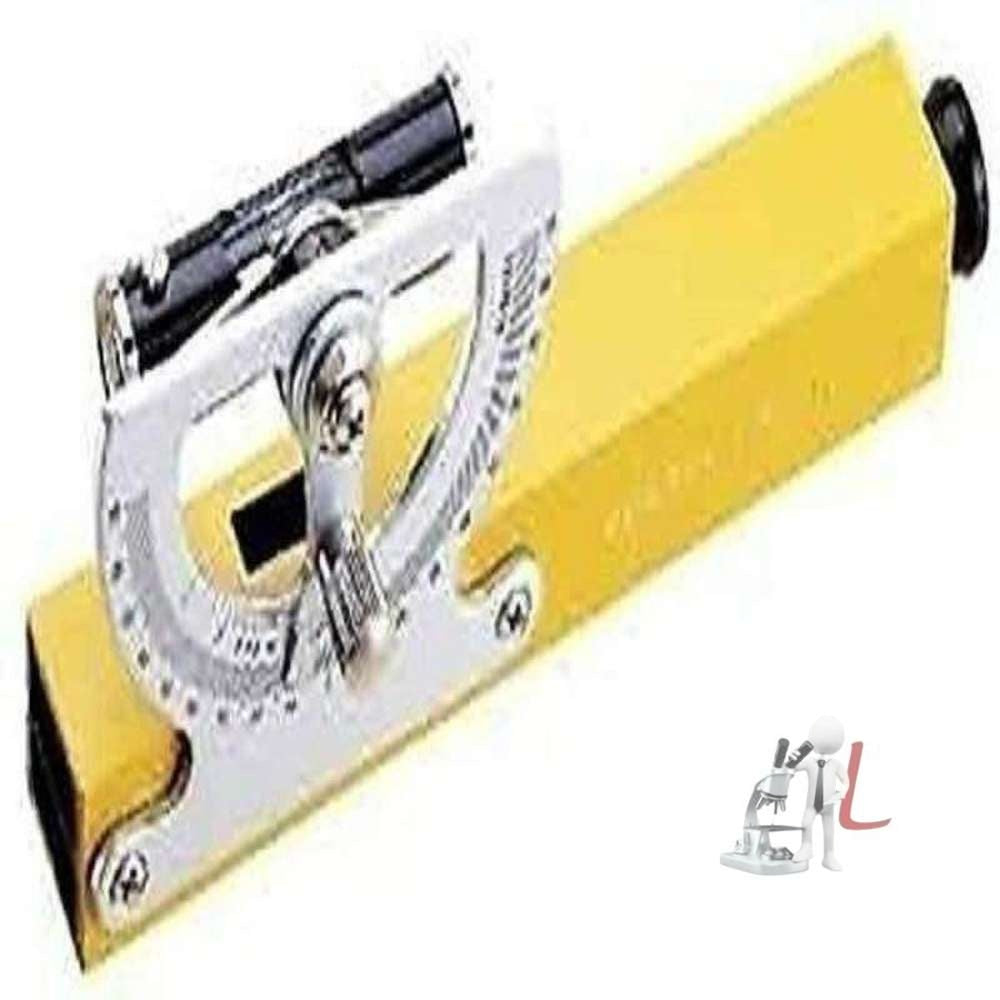Aerospace Engineering Equipment
Aerospace Engineering Equipment plays a pivotal role in the field of aerospace research and innovation. This collection encompasses a diverse array of tools and apparatus essential for the design, testing, and analysis of aerospace systems. From wind tunnels to propulsion testing rigs, each component serves to enhance the understanding and development of aerospace technologies.
The importance of having specialized Aerospace Engineering Equipment cannot be overstated. In an era where advancements in aerodynamics and propulsion systems drive the future of aviation and space exploration, the right equipment enables researchers and engineers to conduct thorough investigations and experiments. Each piece of equipment is designed to facilitate precise measurements and observations, enhancing the overall quality of scientific inquiries.
Among the vital pieces of Aerospace Engineering Equipment found in this collection are wind tunnel testing apparatuses. These devices simulate real-flight conditions, allowing engineers to study airflow around models and structures. By replicating aerodynamic conditions, these wind tunnels help in optimizing aircraft designs to improve performance and efficiency.
Another key component is the propulsion test facilities, which are crucial for evaluating the performance of engines. From rocket engines to jet propulsion systems, these facilities are engineered to withstand extreme conditions while providing accurate data. Engineers can measure thrust, fuel efficiency, and combustion efficiency using this equipment, leading to groundbreaking innovations in engine technology.
In addition to testing apparatuses, the collection features measurement tools tailored for aerodynamics research. High-speed cameras, pressure transducers, and data acquisition systems are integral to capturing and analyzing airflow characteristics. These tools enable engineers to visualize flow patterns and identify areas for potential improvement in design and performance.
The integration of simulation software is also a significant aspect of Aerospace Engineering Equipment. Computational Fluid Dynamics (CFD) software allows for virtual modeling and testing without the physical constraints of tangible models. This not only saves time and resources but also opens up new avenues for experimentation that may not be feasible in a physical setting.
Moreover, the use of testing rigs for structural analysis cannot be overlooked. These rigs facilitate the evaluation of material strength and durability under various conditions, which is vital for ensuring safety and reliability in aerospace applications. Researchers can simulate scenarios such as extreme temperatures, rapid acceleration, and pressure variations to determine how materials perform under stress.
The Aerospace Engineering Equipment Collection is designed to support a wide range of research efforts, from academic studies to industrial applications. By providing access to state-of-the-art technology, this collection fosters innovation and collaboration between academia, industry, and research institutions. The continuous evolution of this equipment ensures that researchers stay at the forefront of technological advancements.
Furthermore, this collection prioritizes safety and standards compliance. All equipment adheres to industry regulations and best practices, ensuring that researchers can conduct experiments and tests without compromising safety. This is particularly important in aerospace, where the stakes are incredibly high and even minor errors can have catastrophic consequences.
In summary, the Aerospace Engineering Equipment Collection represents a comprehensive array of tools essential for advancing research and innovation in the aerospace sector. By combining traditional testing methods with cutting-edge simulation technologies, this collection empowers engineers and researchers to push the boundaries of what is possible in aerospace engineering.
Through the incorporation of these tools, we aim to solve complex challenges facing the aerospace industry, from improving fuel efficiency and safety to pioneering new technologies that will shape the future of air travel and space exploration.
With a commitment to fostering a deeper understanding of aerodynamics and propulsion systems, this collection serves as a cornerstone for groundbreaking research and development endeavors. The integration of practical experimentation with theoretical simulations provides a holistic approach to aerospace engineering, leading to significant breakthroughs and innovations.
In conclusion, the importance of Aerospace Engineering Equipment can be seen across multiple facets of research and innovation. By supporting engineers and researchers in their quest for new discoveries, this collection helps to lay the groundwork for advancements that will transform the aerospace industry.
Filter
Sort by




